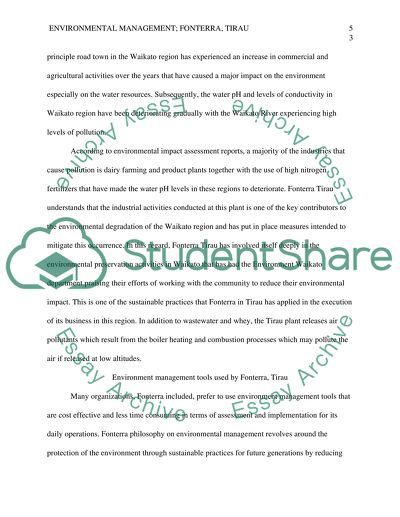Cite this document
(“Fonterra Tirau Essay Example | Topics and Well Written Essays - 2000 words”, n.d.)
Retrieved from https://studentshare.org/environmental-studies/1637007-fonterra-tirau
Retrieved from https://studentshare.org/environmental-studies/1637007-fonterra-tirau
(Fonterra Tirau Essay Example | Topics and Well Written Essays - 2000 Words)
https://studentshare.org/environmental-studies/1637007-fonterra-tirau.
https://studentshare.org/environmental-studies/1637007-fonterra-tirau.
“Fonterra Tirau Essay Example | Topics and Well Written Essays - 2000 Words”, n.d. https://studentshare.org/environmental-studies/1637007-fonterra-tirau.


